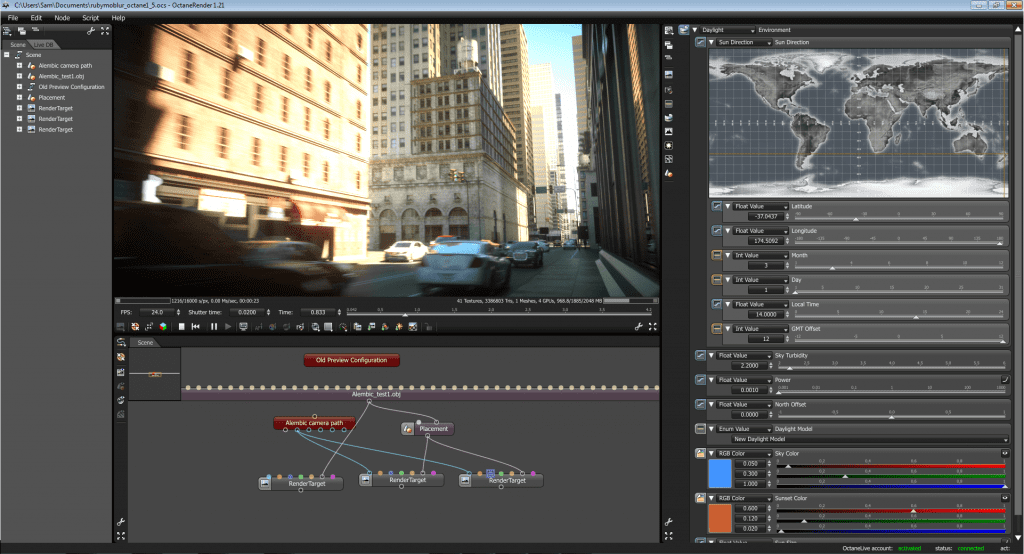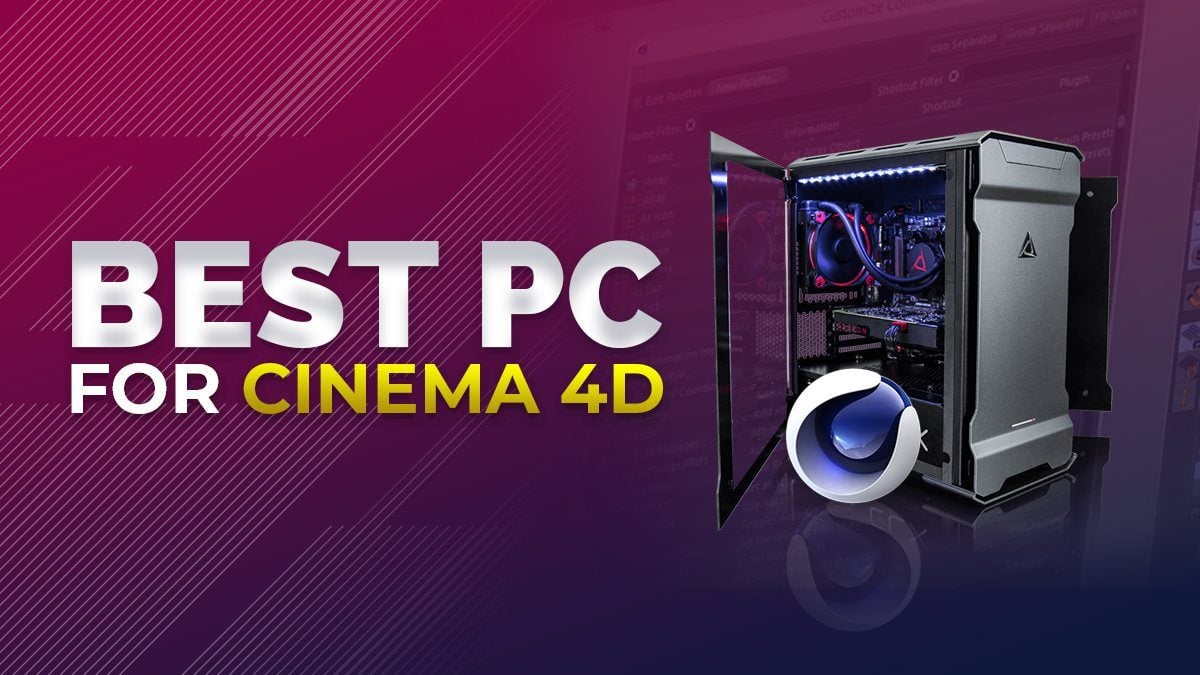



You can left-click anywhere in the live viewer area (not on the overlay itself) to toggle these overlays on and off.Īt the bottom is the render status. In the bottom left corner there’s an overlay that tells you which GPUs are active and what they’re doing. Then there are some information overlays on top of that - there’s a tiny bit of text at the top that gives you some statistics you probably won’t use until you get REALLY good at this and need to seriously optimize it. You can navigate in this window like you would in the viewport if you want, and you can also drag in materials to place on objects in this window the same way you can in the normal perspective viewport. These buttons control things like starting and stopping rendering, quality, framing, and various render modes.īeneath that is the live viewer area - this shows your scene from the viewpoint of the active camera. There are also import/export options here, the ability to send to RNDR, and a bunch of options and help stuff that we’ll touch on later.īelow that is the icon bar. This is where you create Octane Materials, Lights and Cameras, as well as a bunch of other special objects like Scatter and Fog. Under that is a menu bar with File, Cloud, Objects. New stable and beta versions are available in the Forum (you need to set up a separate forum account). You can also periodically go to the downloads page to see what the latest version is. You can, however, check to see if there’s a new version in the Octane Live Viewer’s Help menu. Octane won’t automatically update itself to newer versions - you’ll need to download and install them as they come out (don’t forget to remove the extra files each time!) Instructions on how to do that are here. It tells you which version of Octane you’re using and how many days left on your subscription you have. You’ll likely want to dock this in your interface somewhere (normally people put it to the right of the Viewport window, but it’s your interface, put it wherever you want).Īt the very top in the title bar. Not only does it give you a lightning-quick live view (hence the name) of what your scene is going to look like, but it’s also where nearly everything Octane-related is housed in C4D. You get this by going to the Octane menu at the top of the C4D interface and choosing Live Viewer. This is the heart of Octane Render, and how you’ll be interacting with Octane in C4D most of the time. It’s designed to work hand in hand with the manual and help with discovery (wait, it can do that?!) and grouping categories of things together so you never have to say “where was that again?”. It’s meant to be an easy, searchable reference that shows where everything is and what it all does, all in one place. This guide is closely related to the Getting Started With Octane Render for C4D walkthrough.


 0 kommentar(er)
0 kommentar(er)
